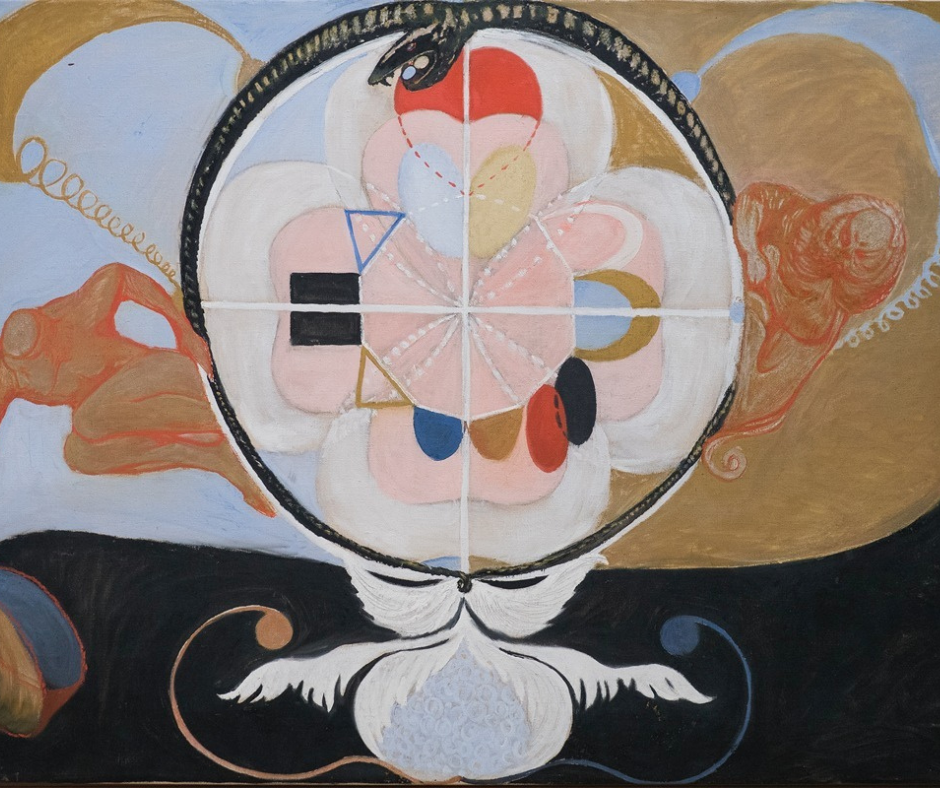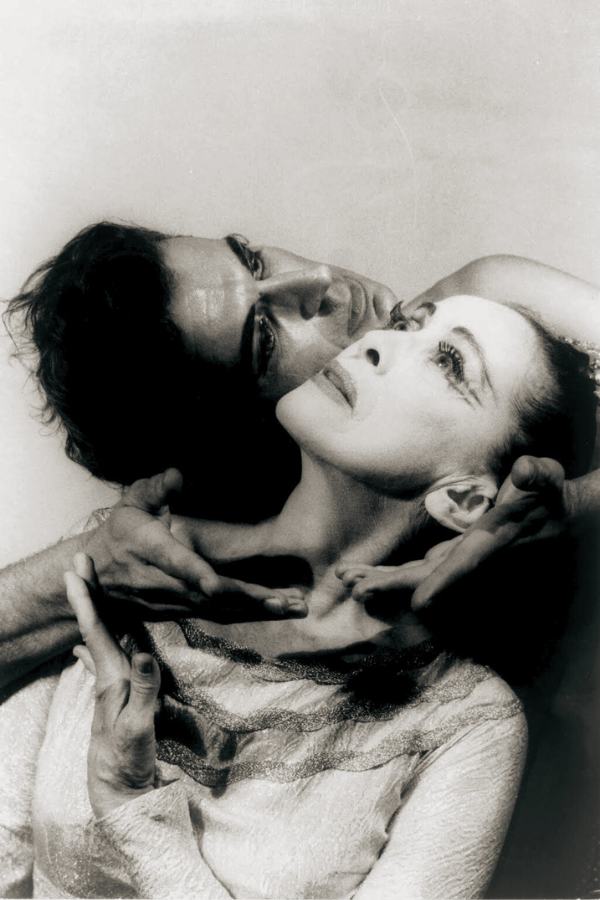
Child Prodigies in Computer Science, Music, the Fine Arts, and More
Summary
Reflection Questions
Journal Prompt
Child prodigies have fascinated the world for centuries—capturing our imagination with their extraordinary talents and achievements at remarkably young ages. These children demonstrate abilities that far exceed the norm—often mastering complex skills and concepts that typically take adults years to perfect. From music and mathematics to the arts and sciences, prodigies like Wolfgang Amadeus Mozart, Carl Friedrich Gauss, and Pablo Picasso have left indelible marks on their respective fields. In this article, we will celebrate the lives of some of the most notable child prodigies in history—highlighting their early achievements and examining the factors that contributed to their extraordinary talents.
Nature versus Nurture: What Makes a Child Prodigy?
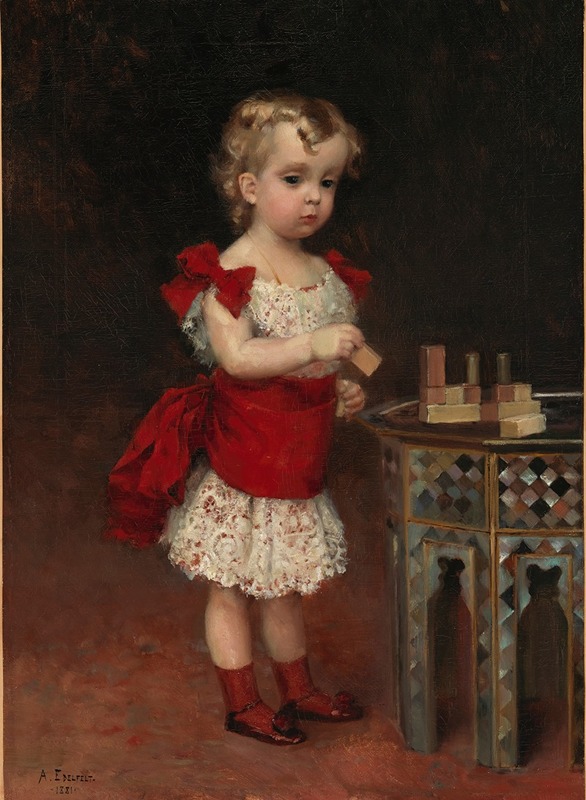
The debate over nature versus nurture in the development of child prodigies is a longstanding one, examining the relative contributions of genetic predisposition and environmental factors to extraordinary early talent. Proponents of the nature perspective argue that prodigious talents are largely the result of innate genetic factors. Research in genetics and neuroscience supports this view, suggesting that some children are born with exceptional cognitive abilities or specific talents in areas such as mathematics, music, or art. Studies on identical twins, for example, often highlight the significant role of genetics in intellectual and creative capabilities. The presence of prodigious abilities in young children who have had minimal formal training further bolsters the argument for a strong genetic component.
Conversely, the nurture perspective emphasizes the crucial role of the environment in fostering and developing a child’s potential. Advocates argue that supportive and stimulating environments are essential for the cultivation of prodigious talents. This includes access to resources such as books, musical instruments, or art supplies, as well as encouragement and guidance from parents, teachers, and mentors. Historical examples abound of child prodigies who benefited from intensive practice and exceptional educational opportunities. For instance, Wolfgang Amadeus Mozart’s father was a musician who provided him with rigorous training from a very young age. Similarly, the structured and enriched environments provided to children like Ruth Lawrence and Tanishq Abraham were instrumental in nurturing their innate abilities.
In reality, the development of a child prodigy is likely influenced by a complex interplay of both genetic and environmental factors. Recent research suggests that while genetic predispositions provide a foundation for exceptional abilities, it is often the nurturing environment that allows these talents to flourish. For example, many studies have linked superior working memory capacity with child prodigies. The interaction between an individual’s innate potential and the external support and opportunities they receive ultimately shapes the trajectory of their prodigious capabilities. This integrative view acknowledges that neither nature nor nurture alone can fully account for the emergence of extraordinary talent in young children, emphasizing the importance of considering both biological and environmental influences in the development of child prodigies.
17 Child Prodigies in Computer Science, Music, the Fine Arts, and More
Wolfgang Amadeus Mozart
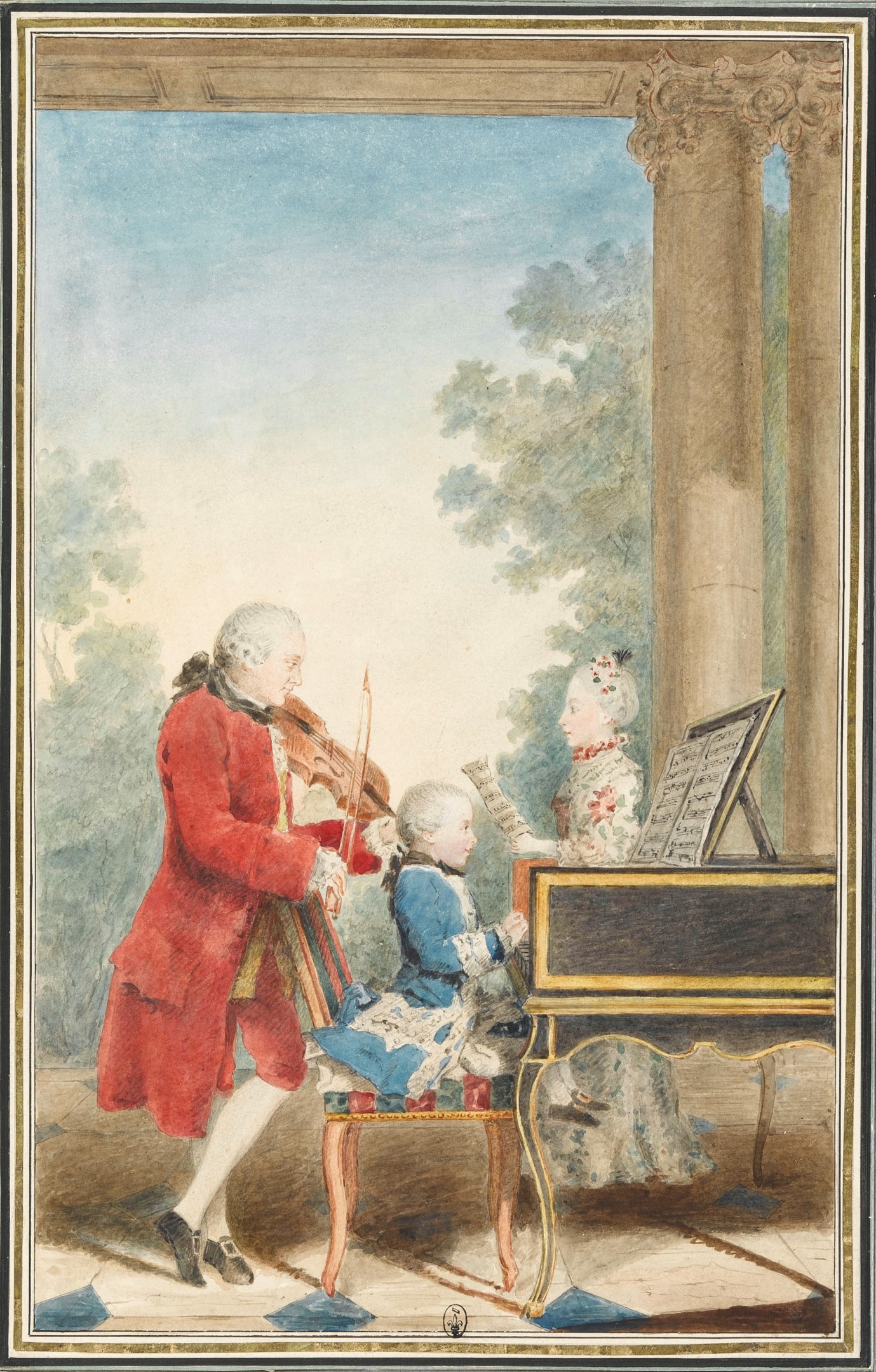
Wolfgang Amadeus Mozart is one of the most well-known child prodigies. He began composing at the age of five and performing before European royalty at an exceptionally early age. His early works displayed a mastery of composition and performance that astonished audiences and musicians alike. By age six, the gifted child had already toured Europe, showcasing his extraordinary talent and contributing to an impressive body of work that would continue to grow throughout his short but prolific life.
Carl Friedrich Gauss
Carl Friedrich Gauss, often called the “Prince of Mathematicians,” exhibited exceptional skills from a very young age. Born in 1777 in Brunswick, Germany, Gauss demonstrated his mathematical prowess and exceptional working memory performance early on by correcting a payroll calculation at the age of three.
His most famous childhood feat occurred when he was tasked with summing the numbers from 1 to 100; Gauss quickly devised a method to find the sum, recognizing the pattern and using an arithmetic series formula. This early demonstration of genius led to patronage and support for his education, ultimately resulting in significant contributions to number theory, astronomy, and many other fields.
Blaise Pascal

Blaise Pascal was a French mathematician, physicist, and inventor who made remarkable contributions to science and mathematics as a child. Born in 1623, Pascal was privately tutored by his father, who initially banned mathematics books from their home to ensure a broader education. Nevertheless, by the age of 12, Pascal had independently discovered several of Euclid’s geometric proofs.
His early works, including an essay on conic sections written at 16, were so advanced that they garnered the attention and admiration of established mathematicians like René Descartes. Pascal continued to influence mathematics, physics, and philosophy throughout his life.
Pablo Picasso
Pablo Picasso, a giant in the world of art, displayed extraordinary talent from a very young age. Born in 1881 in Spain, Picasso could draw before he could speak, and his first words were reportedly “pencil” in Spanish. He completed his first oil painting at nine and was accepted into the prestigious Royal Academy of Fine Arts in Barcelona at 14. Picasso’s early works demonstrated a maturity and skill that would eventually lead him to become one of the most influential artists of the 20th century, co-founding the Cubist movement and producing over 22,000 works of art in his lifetime.
John Stuart Mill

John Stuart Mill was a British philosopher and political economist whose intellectual capabilities were apparent from a very young age. Born in 1806, Mill began learning Greek at the age of three and Latin at eight. His rigorous education, guided by his father James Mill, a philosopher and economist, laid the foundation for his later work in logic, ethics, and political theory. Mill’s early and intense educational experiences contributed to his profound influence on liberal thought and philosophy.
Fuel your creative fire & be a part of a supportive community that values how you love to live.
subscribe to our newsletter
*please check your Spam folder for the latest DesignDash Magazine issue immediately after subscription

Ruth Lawrence
Ruth Lawrence is a British mathematician who made headlines as a child prodigy when she was accepted into Oxford University at the age of 12. Born in 1971, Lawrence graduated with a first-class degree in mathematics by the age of 13, making her one of the youngest to achieve such a feat. Her early academic success continued into her career, where she made significant contributions to the field of topology and knot theory. Lawrence’s prodigious talent and achievements have made her a notable figure in the world of mathematics.
Shakuntala Devi

Shakuntala Devi, known as the “Human Computer,” was an Indian mathematician renowned for her extraordinary arithmetic abilities. Born in 1929, Devi demonstrated advanced numerical skills from a very young age, performing complex calculations in her head without any formal education.
Her exceptional talent earned her a place in the 1982 edition of The Guinness Book of World Records. Devi’s record was for mentally multiplying two 13-digit numbers in 28 seconds. Throughout her life, she amazed audiences worldwide with her rapid mental calculations and also authored several books on mathematics, puzzles, and astrology.
Tanishq Abraham
Tanishq Abraham is an American child prodigy who graduated from college with three associate degrees by the age of 11. Born in 2003, Abraham showed exceptional intellectual abilities from a very young age, joining Mensa at the age of four. He earned degrees in general science, math and physical sciences, and foreign language studies from American River College. He received a PhD in biomedical engineering at age 19. Abraham continues to pursue his education and research in biomedical engineering, with aspirations of making significant contributions to science and technology.
Sor Juana Inés de la Cruz
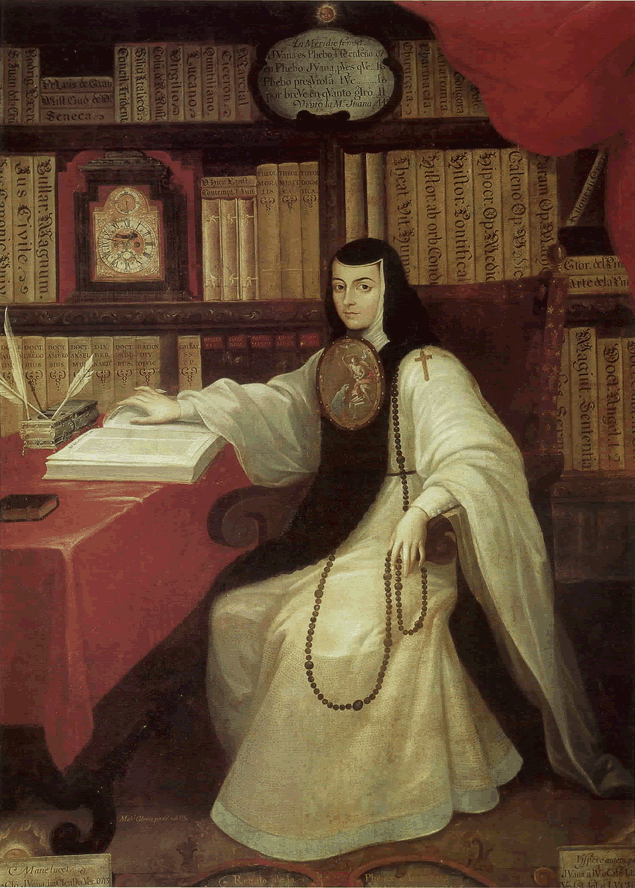
Sor Juana Inés de la Cruz, born in 1651 in Mexico, was a prodigious intellectual who learned to read by the age of three. Despite societal restrictions on women’s education, she mastered Latin quickly and became a prominent writer and scholar. By her teenage years, she had also studied Greek logic and an Aztec language called Nahuatl. Her exceptional intelligence earned her a place at the court of the Viceroy of New Spain, where she impressed scholars with her knowledge. Juana later became a nun, dedicating her life to writing and studying, and is now celebrated as one of the most important literary figures of the Baroque period.
William Rowan Hamilton
William Rowan Hamilton was an Irish mathematician and physicist known for his work in algebra and optics. Born in 1805, Hamilton showed innate talent in languages and mathematics from a very young age. By the age of five, he had learned several languages, including Latin, Greek, and Hebrew. His mathematical genius became apparent during his teenage years, leading to his appointment as the Royal Astronomer of Ireland at the age of 22. Hamilton’s contributions, particularly in the development of quaternions, have had a lasting impact on modern mathematics and physics.
John von Neumann

John von Neumann, born in 1903 in Hungary, was a mathematical prodigy known for his extraordinary intellectual capabilities. By the age of six, he could joke with his father in classical Greek and had memorized entire pages from the phone book. His early prowess in mathematics led to a distinguished career, during which he made significant contributions to numerous fields, including quantum mechanics, game theory, and computer science. Von Neumann’s early and profound talents positioned him as one of the most influential mathematicians of the 20th century.
Bobby Fischer
Bobby Fischer, born in 1943 in the United States, was a chess prodigy who became the youngest U.S. Chess Champion at the age of 14 and a Grandmaster at 15. Fischer’s intense focus, spatial memory, and innovative strategies revolutionized the game of chess. In 1972, he won the World Chess Championship, becoming the first American to do so. His remarkable achievements and enigmatic personality made him not only one of several chess prodigies but also a lifelong legendary figure, remembered as one of the greatest players in history.
Shirley Temple
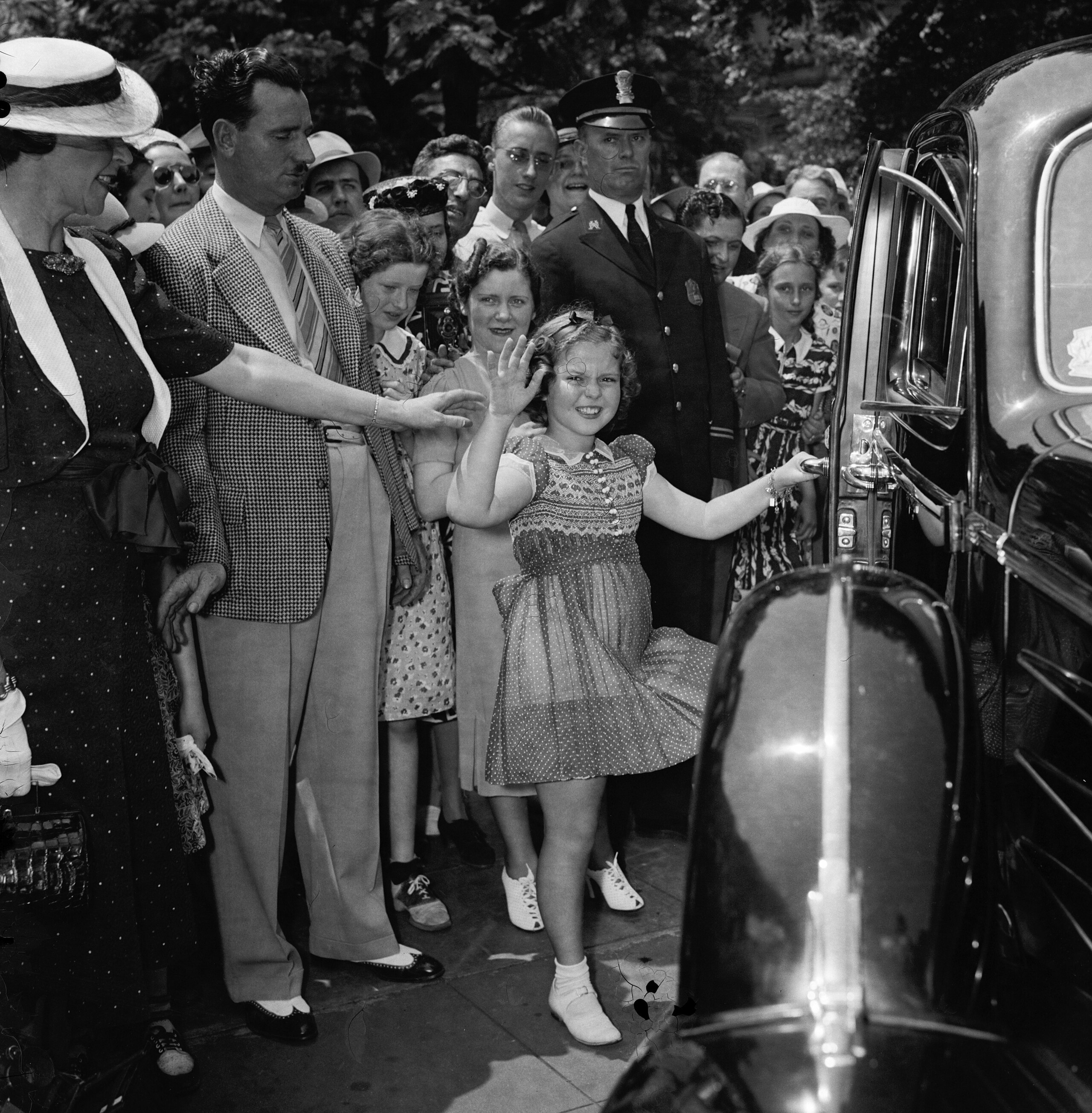
Shirley Temple, born in 1928 in California, began her film career at the age of three and quickly became one of the most famous child actresses in Hollywood history. Known for her exceptional talent in acting and tap dancing, she starred in numerous films during the 1930s and became a symbol of hope during the Great Depression. At the age of seven, she received a special Academy Award for her outstanding contribution as a juvenile performer in motion pictures. Temple’s charm and talent made her a beloved figure worldwide.
Alexandra Nechita
Alexandra Nechita, a Romanian-American artist, began drawing as a toddler and had her first solo exhibition at the age of eight. Known for her distinctive cubist style, she has been compared to Picasso and is often referred to as the “Petite Picasso.” Nechita’s vibrant and expressive works have garnered international acclaim, and her art has been exhibited in galleries and museums worldwide. Her early and sustained success in the art world marks her as a notable child prodigy in visual arts.
Maria Gaetana Agnesi

Maria Gaetana Agnesi, born in 1718 in Italy, was a child prodigy who could speak several languages by the age of nine. She was a brilliant mathematician and linguist, best known for her comprehensive mathematics textbook, “Instituzioni analitiche,” which covered topics in algebra and calculus. Agnesi’s work was highly regarded in her time and remains influential in the history of mathematics. Her intellectual accomplishments in a male-dominated field highlight her exceptional talent and determination.
Clara Schumann

Clara Schumann, born in 1819 in Germany, was a musical prodigy who began playing the piano at a very young age. She made her concert debut at the age of 11 and quickly gained recognition for her exceptional memory and technical skill. Despite the societal expectations for women in her time, Schumann continued to compose and perform throughout her life. She is remembered as one of the most distinguished pianists of the 19th century, and her contributions to music have had a lasting impact on the classical music world.
Final Thoughts on the Contributions of Child Prodigies
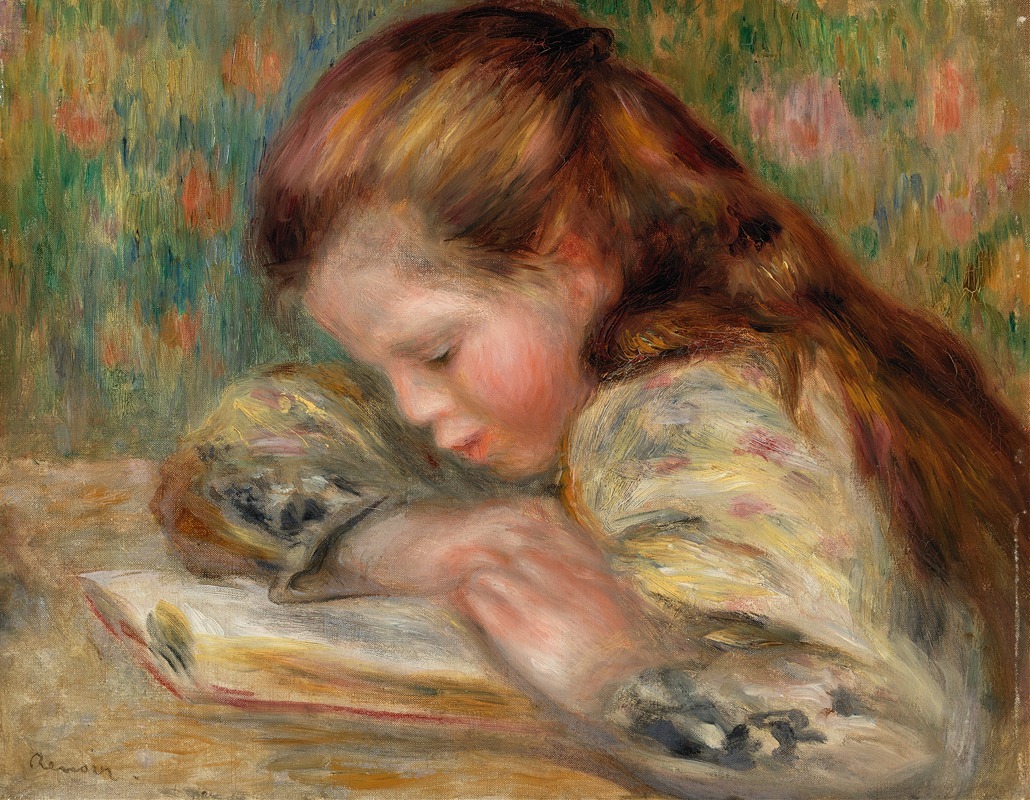
The life of a child prodigy, while often celebrated, can also be fraught with challenges. The pressures of early success, high expectations, and the intense focus required to hone their exceptional skills can sometimes lead to emotional and social difficulties. These prodigies may struggle to balance their unique talents with the ordinary experiences of childhood.
While not every child is a prodigy, every child possesses their own unique talents and abilities. Celebrating and nurturing these individual strengths can help all children develop confidence, creativity, and a love for learning. By acknowledging and supporting the diverse gifts of every child, we can foster a more inclusive and encouraging environment for all young minds to thrive.






